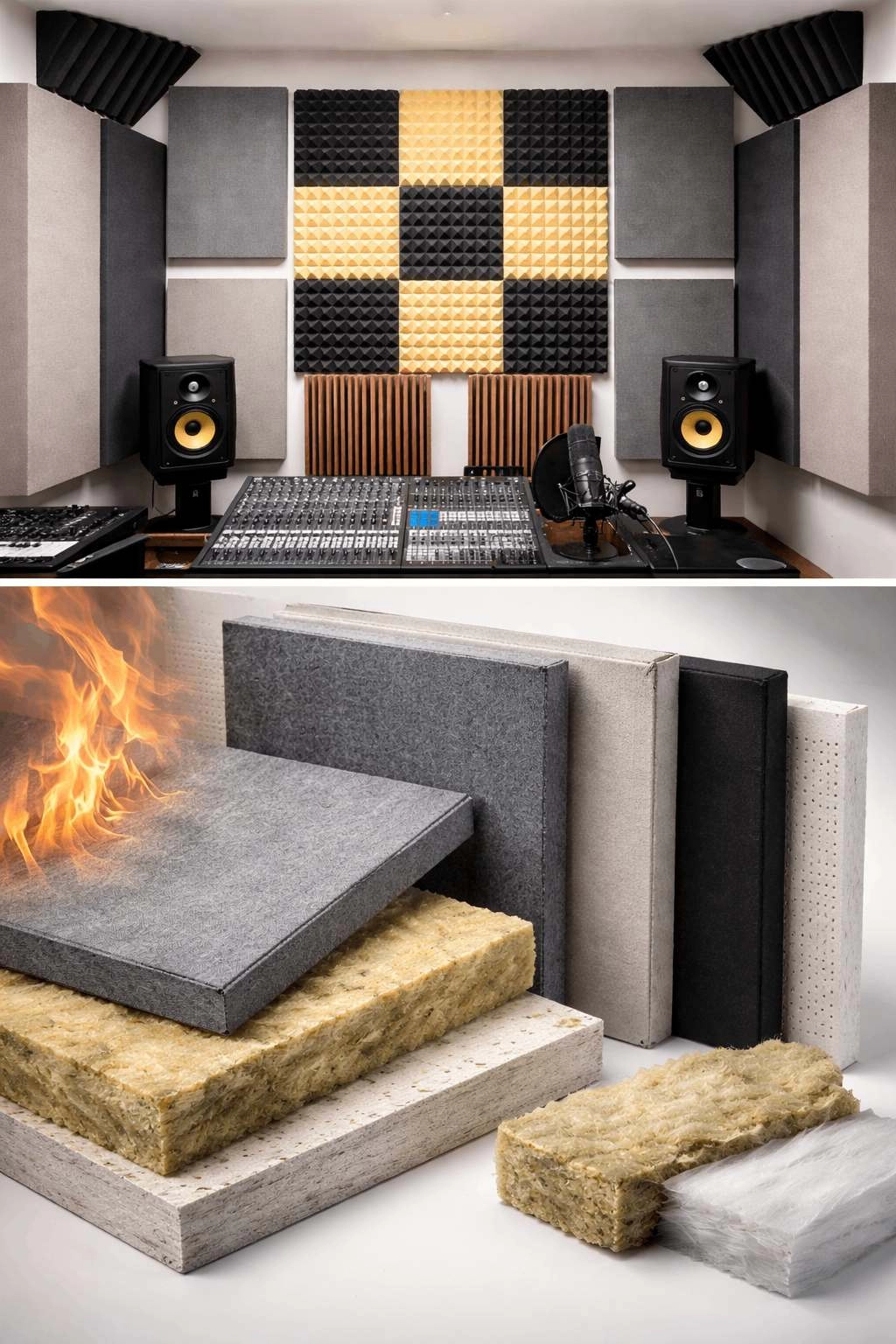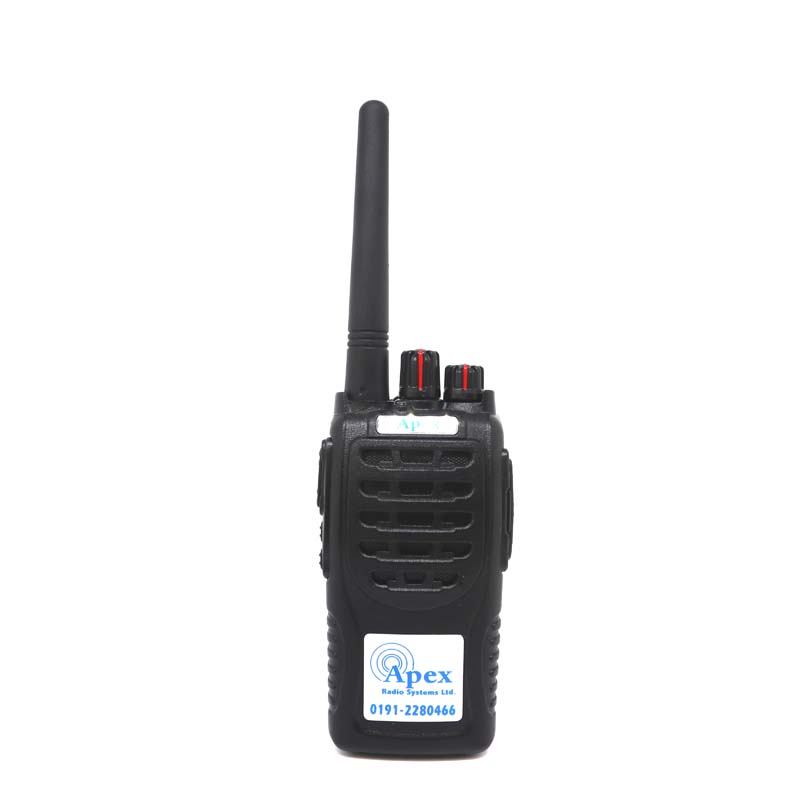In today's interconnected world, communication plays a vital role in various industries and sectors. One such tool that has revolutionized communication is the radio transmitter. With advancements in technology, the power output of radio transmitters has increased, leading to improved transmission ranges. In this blog post, we will delve into the capabilities of a 10 watt radio transmitter and explore how far it can transmit signals.
Understanding Power Output:
Before we dive into the range of a 10 watt radio transmitter, it's essential to understand the concept of power output. Power output refers to the amount of energy a transmitter can emit, measured in watts. The higher the power output, the greater the potential transmission range.
Factors Affecting Transmission Range:
Several factors influence the transmission range of a radio transmitter. Let's explore some of the key factors:
- Frequency Band: Different frequency bands have varying propagation characteristics. Lower frequency bands, such as the AM band, can travel longer distances due to their ability to diffract around obstacles. On the other hand, higher frequency bands, like the FM band, have a shorter range but offer better signal quality.
- Antenna Gain: The antenna plays a crucial role in transmitting and receiving signals. Antenna gain refers to the ability of an antenna to focus the transmitted energy in a specific direction. Higher antenna gain can extend the transmission range of a radio transmitter.
- Terrain and Obstacles: The surrounding environment greatly impacts signal propagation. Open areas with minimal obstructions allow signals to travel further. In contrast, densely populated urban areas or areas with mountains and buildings can limit the transmission range.
- Atmospheric Conditions: Atmospheric conditions, such as temperature, humidity, and atmospheric pressure, can affect signal propagation. Certain weather conditions, like rain or fog, can attenuate the signal and reduce the transmission range.
Estimating the Range:
While it's challenging to provide an exact range for a 10 watt radio transmitter due to the aforementioned factors, we can make some estimations based on typical scenarios.
In open areas with minimal obstructions, a 10 watt radio transmitter operating in the VHF frequency band (30-300 MHz) can potentially achieve a range of 10-20 miles. However, in urban areas with buildings and other obstacles, the range may be significantly reduced to a few miles or less.
It's important to note that these estimations are approximate and can vary based on specific conditions and equipment used. Conducting a site survey and considering the factors mentioned earlier can provide a more accurate range estimation for a 10 watt radio transmitter in a particular scenario.
Conclusion:
The range of a 10 watt radio transmitter depends on various factors, including frequency band, antenna gain, terrain, and atmospheric conditions. While it's challenging to provide an exact range, understanding these factors can help estimate the potential transmission range in different scenarios. By optimizing these factors and considering the specific requirements of a communication system, one can maximize the range and effectiveness of a 10 watt radio transmitter.








+ There are no comments
Add yours